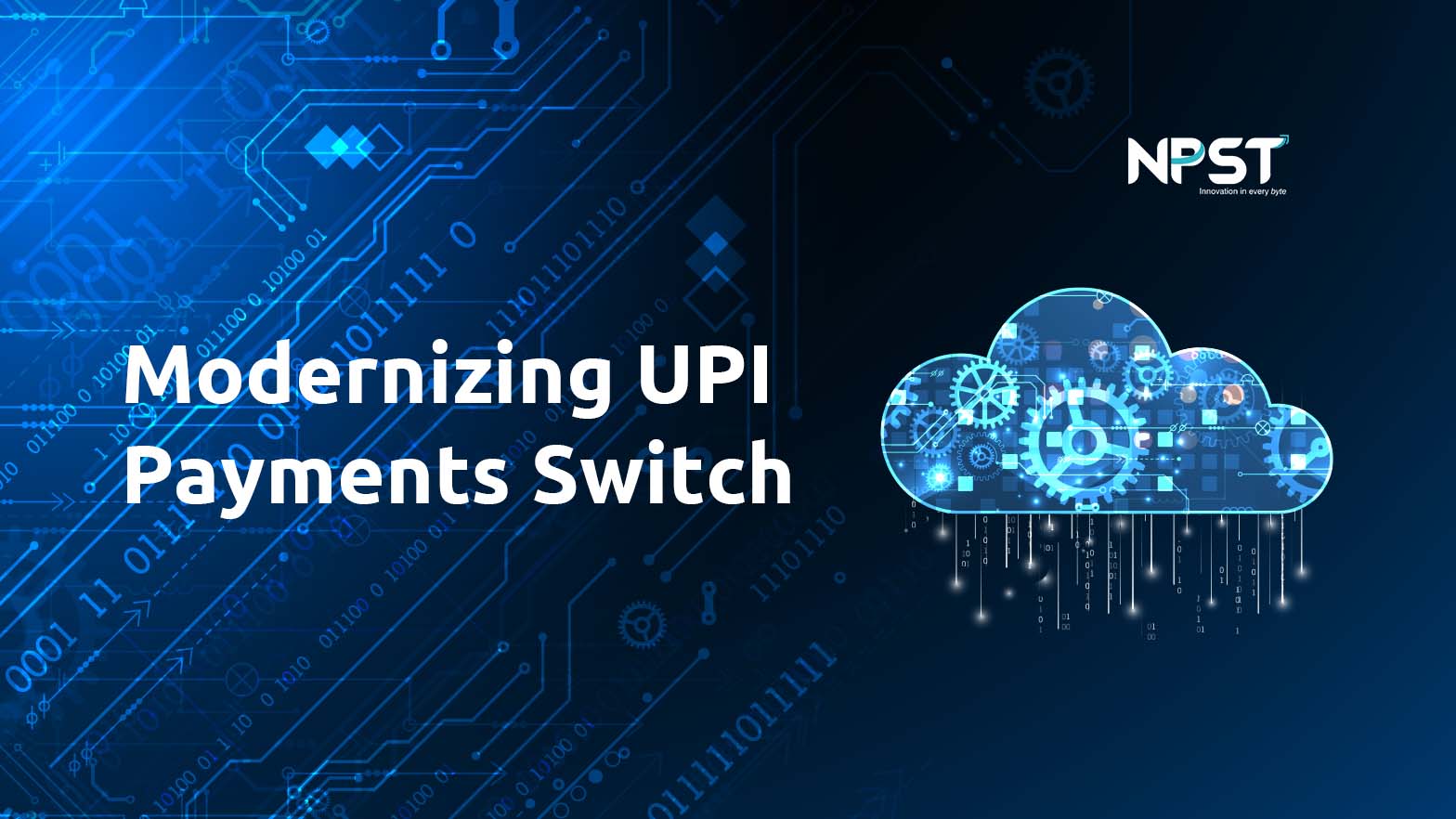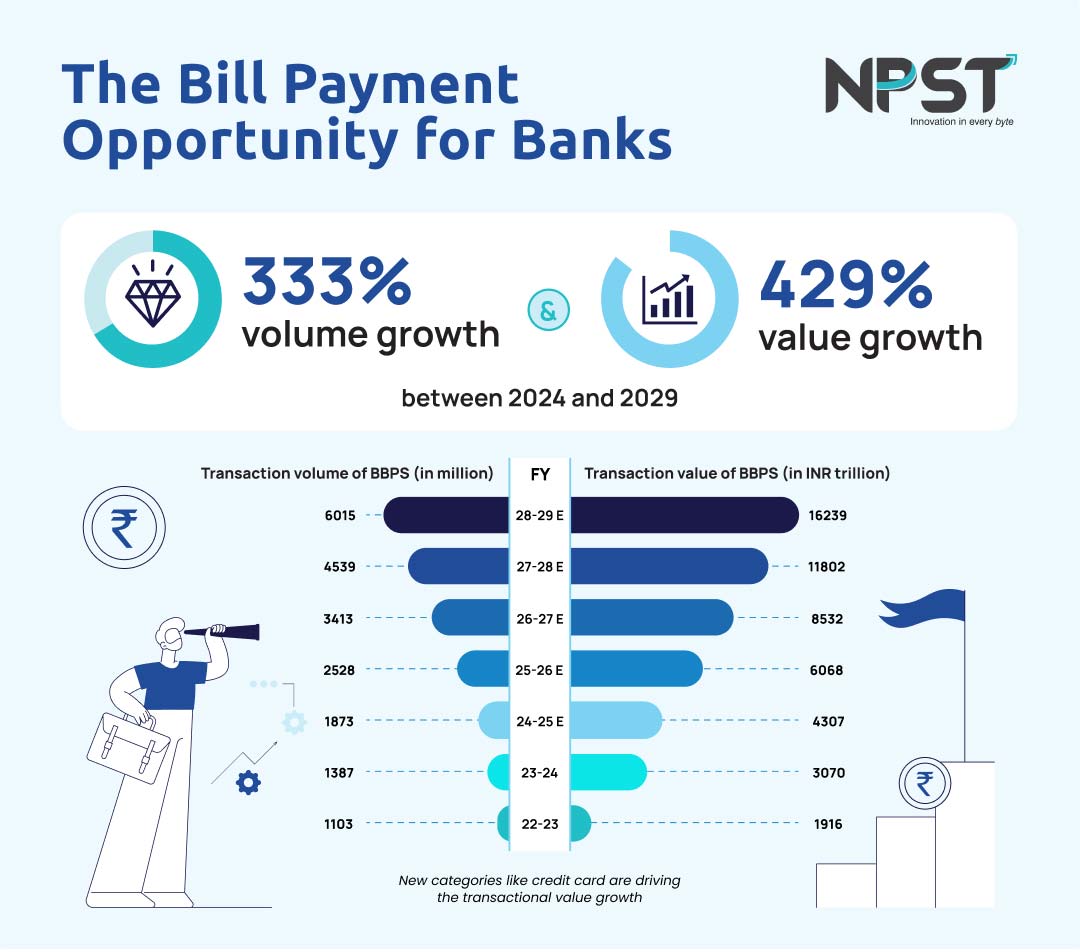Merchant onboarding marks the beginning of the relationship between acquirers and businesses. Before enabling transactions, acquirers must answer a fundamental question: How risky is this merchant? A thorough risk assessment is crucial to preventing fraud, financial instability, and compliance violations.
Acquirers evaluate merchant risk using a scoring system that considers:
- Business Verification – Is the merchant operating as claimed?
- MCC Classification – What is the merchant’s category code for transaction processing?
- KYB, KYC, and AML Compliance – Are both the business and its owners legitimate?
- Regulatory Adherence – Does the merchant comply with local and international laws?
- Red Flags – Are they on a high-risk watchlist or facing financial instability?
Risk is No Longer a Static Label
Traditionally, merchants were classified into static risk tiers—low, medium, or high. While these initial assessments remain important, they are no longer sufficient. Fraud tactics have become more sophisticated, regulatory scrutiny has intensified, and even seemingly low-risk merchants can rapidly become high-risk.
Consider a small grocery store. It may appear low-risk—until fraudulent transactions, compliance failures, or reputational damage turn it into a liability. Similarly, a medium-risk merchant might remain stable until a shift in business operations—such as adopting an auto-renewal subscription model—introduces new financial and regulatory challenges.
Without continuous monitoring, these risks can go undetected until chargebacks surge or regulators intervene. As an acquirer’s portfolio grows and matures, the complexity of merchant risk management increases exponentially.
A Multi-Dimensional Risk Approach
Merchant risk assessment doesn’t end after onboarding—it only begins. A one-time evaluation provides a snapshot, but even the most robust onboarding process only establishes a baseline at a point in time. To effectively manage merchant risk, acquirers must constantly evaluate multiple dimensions:
- Legal and Compliance Risk – A business that’s legal but does not comply with process.
- Financial Risk – A merchant with high chargebacks or delayed fulfillment poses financial instability.
- Transactional Risk – Unusual processing patterns could indicate fraud.
- Reputational Risk – Negative press, consumer complaints, or regulatory scrutiny can harm an acquirer’s credibility.
The Role of AI in Merchant Risk Management
Traditional manual underwriting is no longer sufficient for assessing the full risk profile of merchants. The evolving landscape of digital payments and e-commerce demands a more sophisticated approach. Many acquirers have deployed rule-based automated systems to monitor merchant activity. However, traditional rules-based fraud solutions rely on historical attacks and data. While effective against known fraud patterns, these methods degrade over time, failing to adapt to new fraud patterns and business model shifts. Even a large team of rule-writers cannot keep pace with rapidly changing attack patterns.
Bad actors perpetually modify their, tactics, often deploying algorithms equivalent to hundreds of thousands of rules. Failing to recognize changes in a merchant’s business can result in severe consequences. Acquirers that fail to fully understand their customer’s business can expose themselves to multiple types of risk. Financial risk is certainly the primary concern but only the beginning. Enforcement risk, such as fines and sanctions for failure to conduct appropriate screening, is also an issue. If a processor enables illegal activity, the reputational risk can be real, damaging, and expensive.
AI-driven solutions for merchant risk monitoring and fraud prevention provide a more effective approach to continuously monitor changes in merchant data, behavior, or content that may indicate heightened risks. The key considerations include:
- Transaction and Revenue Volumes: Static business records are no longer enough. Transaction analytics provide deeper insights into merchant behavior. Are they within expected ranges, or are they fluctuating at rates that are difficult to explain? A sudden increase in transactions may be a sign of business growth, but it could also indicate a fundamental change in operations that warrants further investigation.
- Product Mix Consistency: Is the merchant offering products and services aligned with its original business model? A shift toward unrelated or high-risk products may necessitate a revised Merchant Category Code (MCC) designation or indicate potential compliance concerns.
- Website and Policy Changes: Have terms and conditions, contact information, or policy statements been altered significantly? Sudden changes or outdated policies may be red flags that suggest operational instability or attempts to obscure regulatory non-compliance.
- Chargeback Volumes: A surge in chargebacks can indicate customer dissatisfaction, financial instability, or fraud.
- Consumer Complaints: Consumer dissatisfaction isn’t just bad PR—it often serves as an early warning sign of deeper issues. A surge in complaints can trigger regulatory scrutiny, leading to audits, fines, and operational disruptions for both merchants and acquirers.
The Future of Merchant Risk Management
The future of merchant risk management requires acquirers to adopt a multi-layered approach that integrates AI-driven risk assessment, continuous monitoring, and strategic partnerships. Machine learning models automate large-scale risk evaluations, while human expertise ensures that complex cases receive the necessary scrutiny, preventing nuanced risks from slipping through the cracks.
Continuous monitoring, powered by AI and supplemented with human oversight, enables the timely detection of anomalies such as increased chargebacks or fluctuations in transaction volumes, allowing for proactive risk mitigation.
Choosing the right partner is essential to accessing advanced technology, critical data, and specialized expertise. Collaborating with RegTech providers like NPST, which offers robust data-driven solutions, enhances an acquirer’s ability to safeguard against financial and compliance risks. NPST’s Daily Adaptive Model constantly learns from the data and identifies under-the-radar patterns, enabling acquirers to proactively manage risk, maintain compliance, and strengthen financial security in an increasingly complex regulatory landscape.











